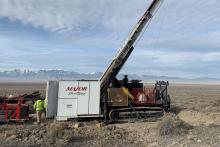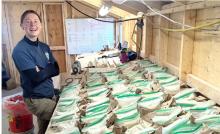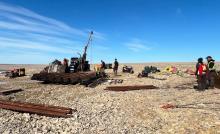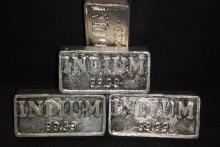American West Metals has intercepted thick copper sulphides at depth at its Storm Copper project in Nunavut, Canada, with a diamond drill hole intersecting a lengthy 47 metres of visual copper sulphide mineralisation at its high-priority Cyclone Deeps target. The result reaffirms the potential for a large-scale, stacked copper horizon beneath the company’s flagship Cyclone deposit, setting the stage for significant resource growth across its massive 2200-square-kilometre tenure.

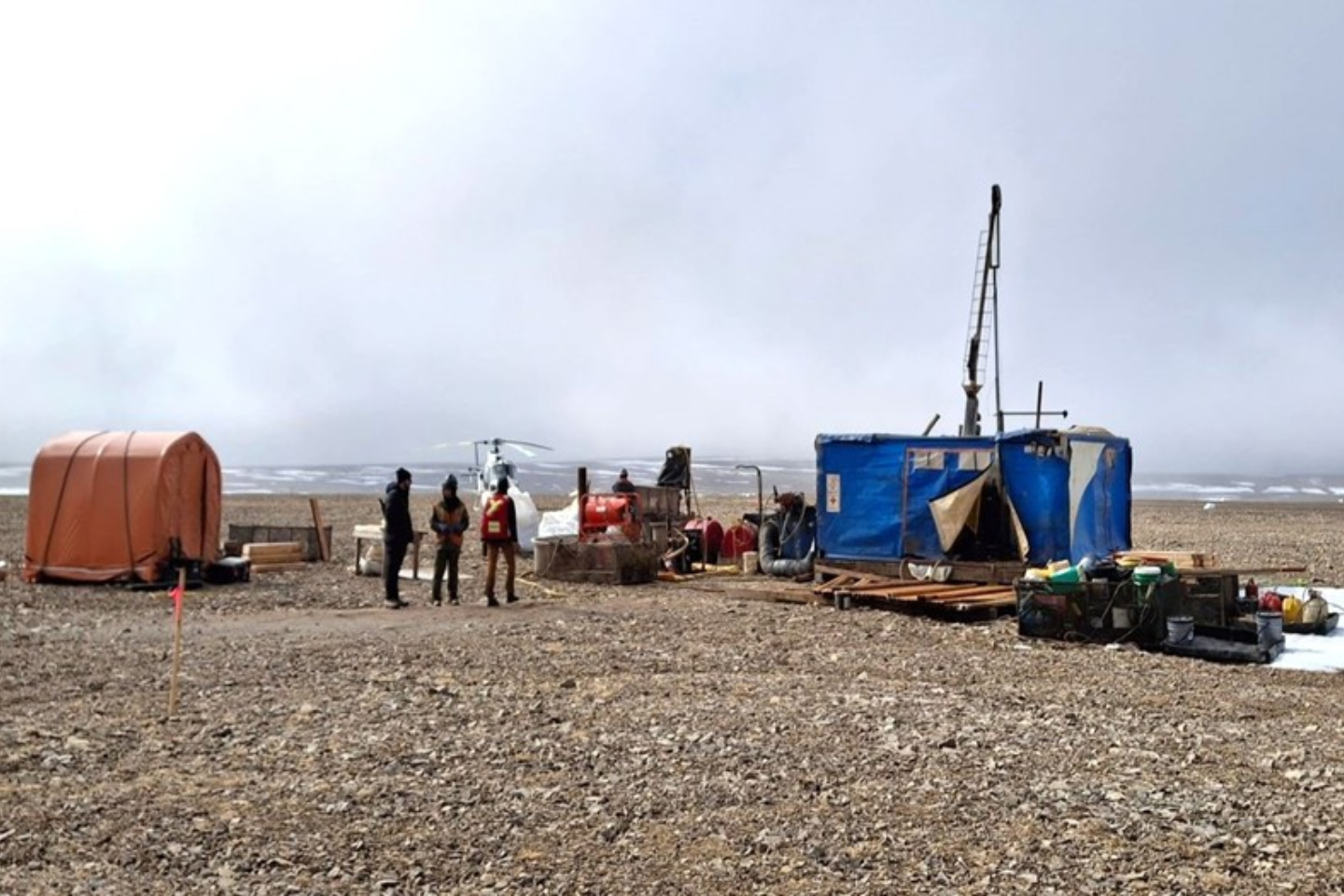
American West Metals has intercepted thick copper sulphides at depth at its Storm Copper project in Nunavut, Canada, with a diamond drill hole intersecting a lengthy 47 metres of visual copper sulphide mineralisation at its high-priority Cyclone Deeps target.
The result reaffirms the potential for a large-scale, stacked copper horizon beneath the company’s flagship Cyclone deposit, setting the stage for significant resource growth across its massive 2200-square-kilometre tenure.
The 440m deep hole was collared in the central Graben area to test the Cyclone Deeps target, a deep extension of the near-surface 13-million-tonne plus Cyclone deposit - the project’s largest known resource.
The hole intersected two broad zones of visual copper sulphide mineralisation between 284m and 319m, and 368m to 380m downhole, totalling 47m of sulphide-bearing intervals.
Hosted within fractured dolomitic mudstones of the prospective Allen Bay Formation, the mineralisation features veinlets and matrix breccias with the sulphide-bearing copper mineralisation.
The visual characteristics of the intercept mirror those seen at the edges of the Cyclone deposit, reinforcing the geological model of a fault-offset, sediment-hosted copper system that extends to significant depths.
An American West hole last year was interpreted to have intercepted the Cyclone Deeps target, where it returned 10m of mineralisation running 1.2 per cent copper from 311m.
The confirmation of the interpreted mineralisation will be returned from lab analysis within four to six weeks.
American West Metals managing director Dave O’Neill said: “The style and mineralogy of the copper mineralisation in ST25-02, as well as the features of the host geology, are similar to that of the edges of the near-surface Cyclone Deposit and are typical of sedimentary-hosted copper systems. This mineralogy and the thickness of the intersection indicate that we may be on the edge of another large copper deposit.”
Adding firepower to the exploration campaign, American West has completed the first phase of a mobile magneto-telluric (MMT) survey across its core Midway-Storm-Tornado corridor, covering 1320 line-kilometres.
The survey was designed to detect deeper copper sulphide accumulations, having already identified six conductive anomalies at depths less than 350m, including one corresponding to the Cyclone deposit. The correlation to the company’s largest deposit validates the technique.
Management believes several larger anomalies at depths beyond 350m are potentially linked to very large structural or geological shifts and corresponding copper deposition.
Detailed data processing and 3D modelling are underway to refine the deeper targets for drilling, while American West’s reverse circulation drilling program continues to progress.
The company says 12 holes have already been completed, including seven resource definition holes at its Thunder, Lightning Ridge and Corona deposits.
Two holes have been plunged to test shallow extensions of the shallow Cyclone, and three wildcat holes have been drilled to investigate high-priority targets at The Gap and southern graben areas.
Initial observations from these holes are expected within one to two weeks, with assays to follow in four to six weeks.
American West’s efforts have received a boost from the Nunavut government, which has awarded CAD$250,000 (A$280,000) through its Discover Invest Grow program to support the isolated state’s resource economy.
The Storm project is fast becoming a leading development opportunity for the burgeoning Nunavut, where a current mineral resource sits at 20.6 million tonnes at 1.1 per cent copper and 3.3 grams per tonne silver, equating to 228,500t of contained copper and 2.2M ounces of silver.
With less than 5 per cent of the 110km copper belt systematically explored, the latest drilling and geophysical results suggest significant upside remains.
The company’s preliminary economic assessment recently projected a US$149 million (A$228 million) net present value and a 46 per cent internal rate of return for a low-capex, 10-year open-pit operation. Add to that, 80 per cent initial capital secured through an offtake agreement with Ocean Partners Holdings and a red-hot red metal price pushing north of US$10,000 (A$15,300) for the first time this year.
As American West ramps up its 2025 program, the thick copper intercept at Cyclone Deeps, combined with promising geophysical anomalies, reaffirm the company’s belief that “every fault, every space, every gap in the rocks that we hit, has copper in it”. At the continued rate of discovery, the already 10-year mine life operation could be looking at a much bigger facelift for Storm, let alone the broader 110km prospective Central Graben.
Is your ASX-listed company doing something interesting? Contact: matt.birney@businessnews.com.au





